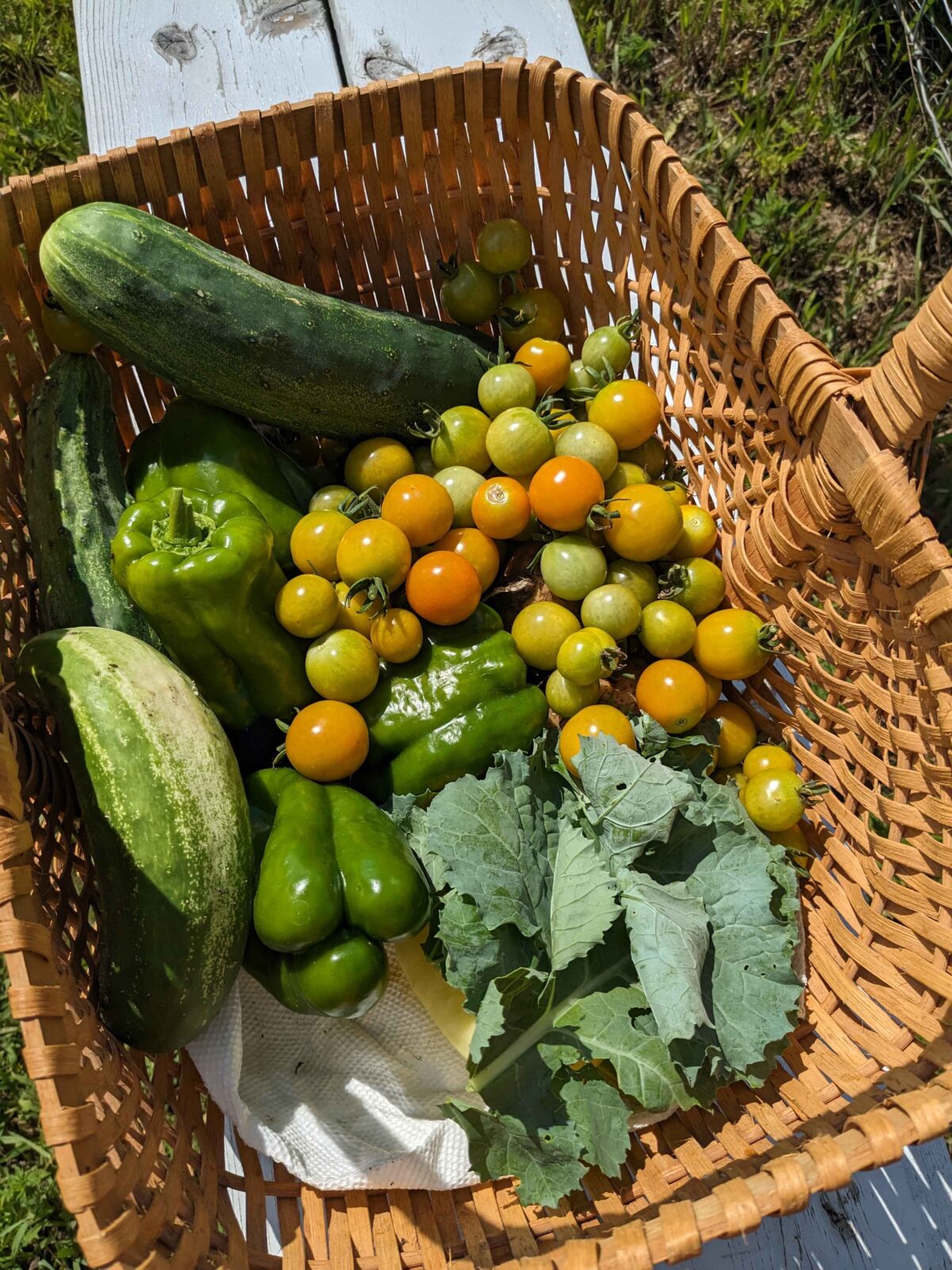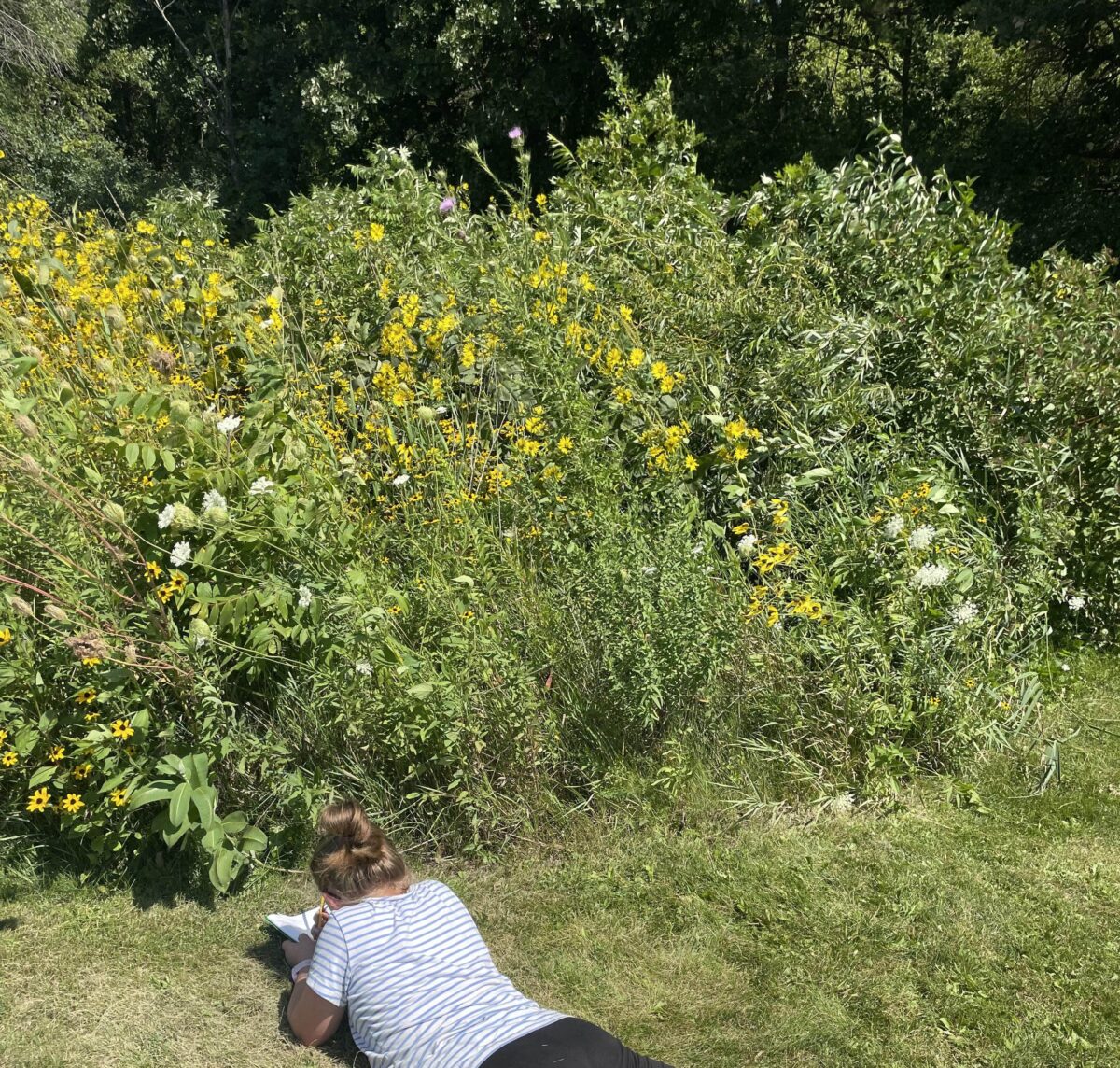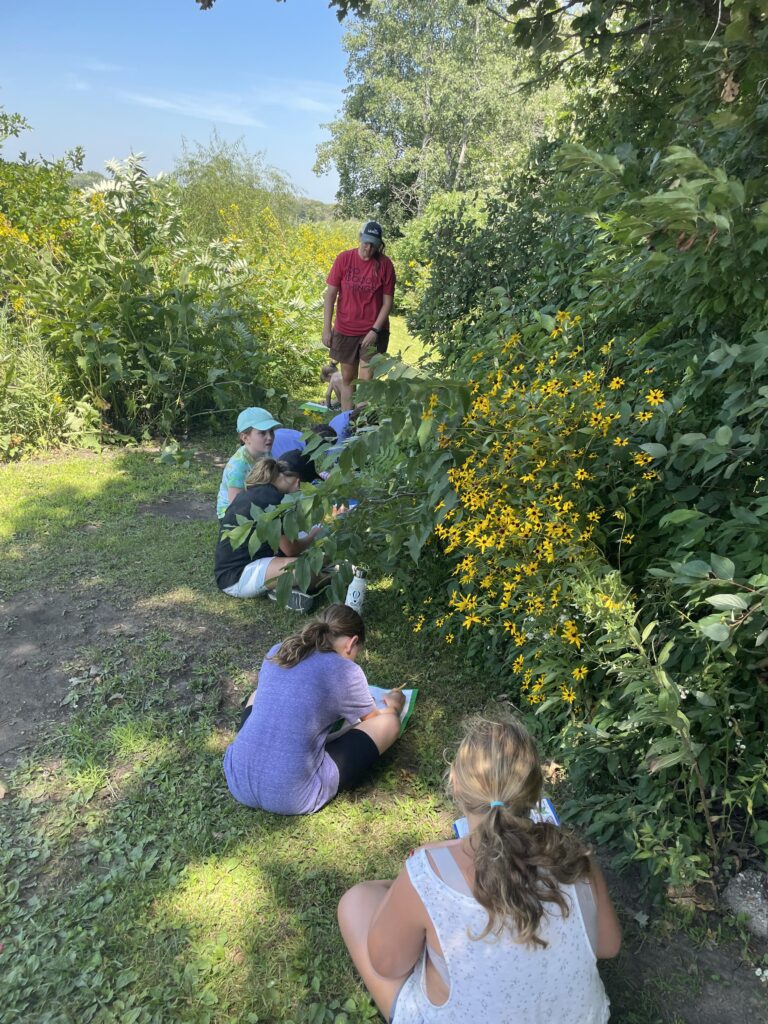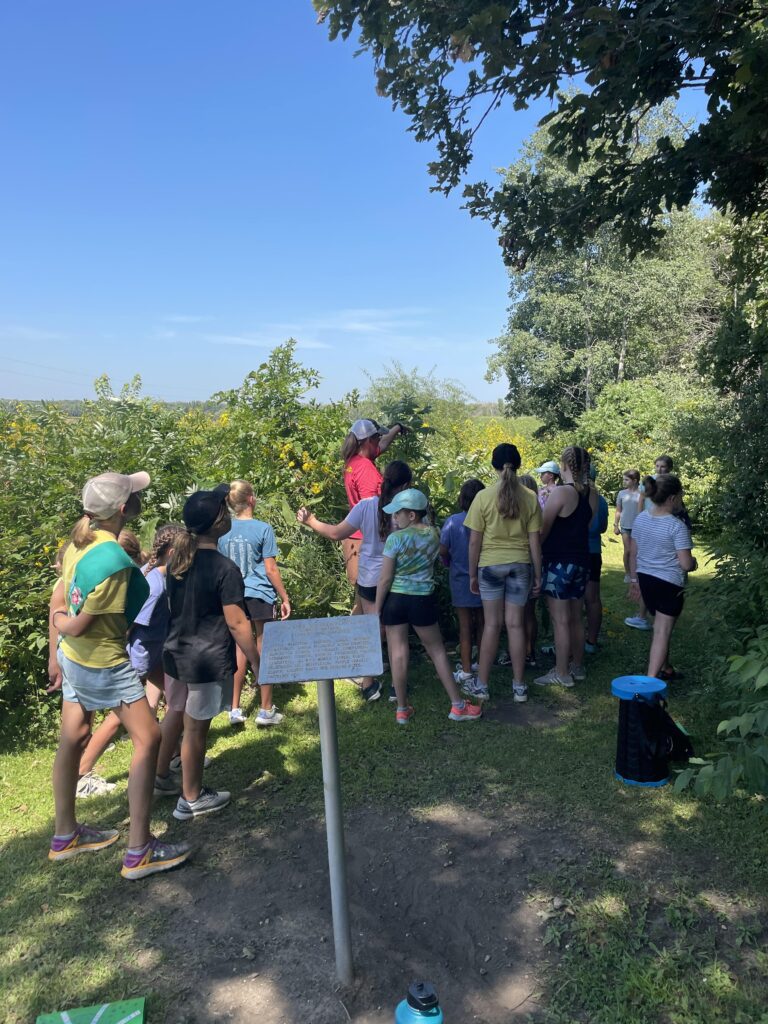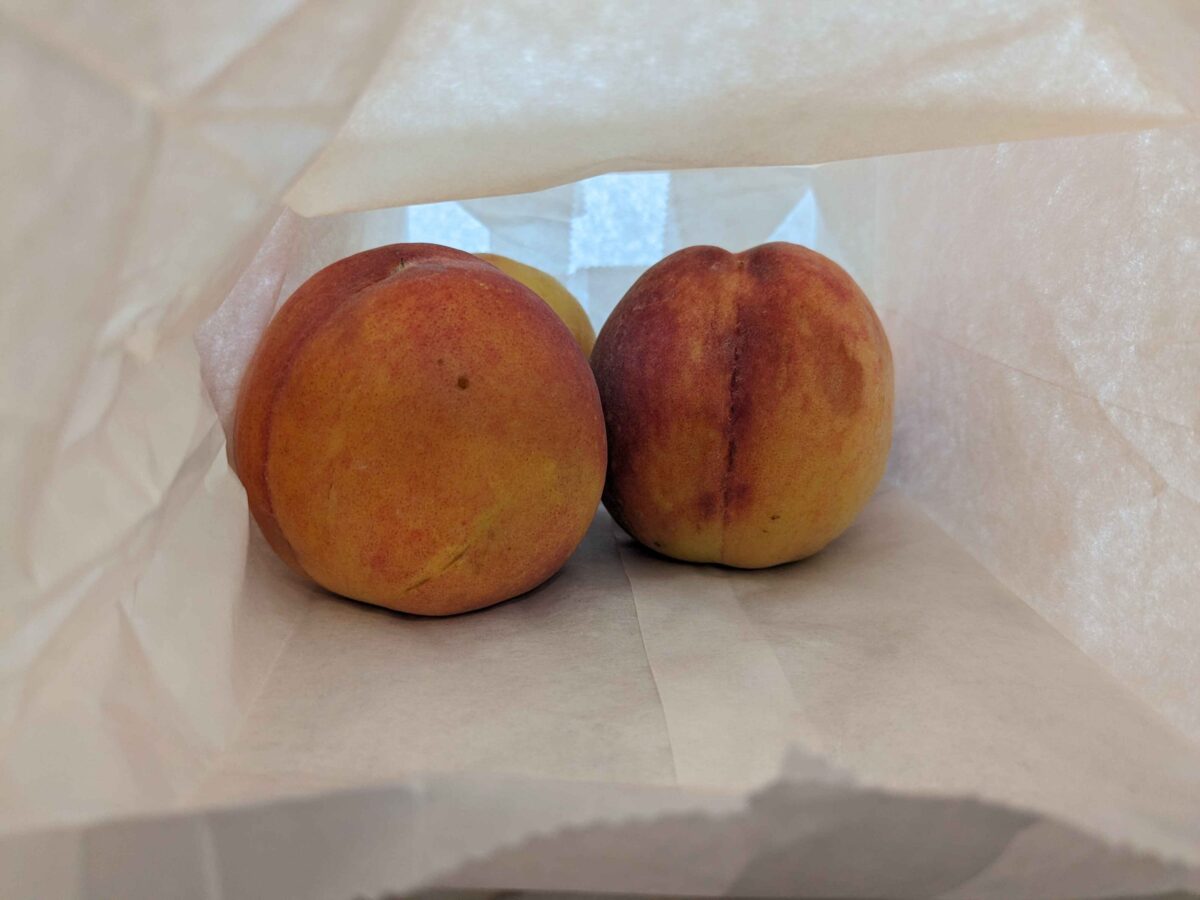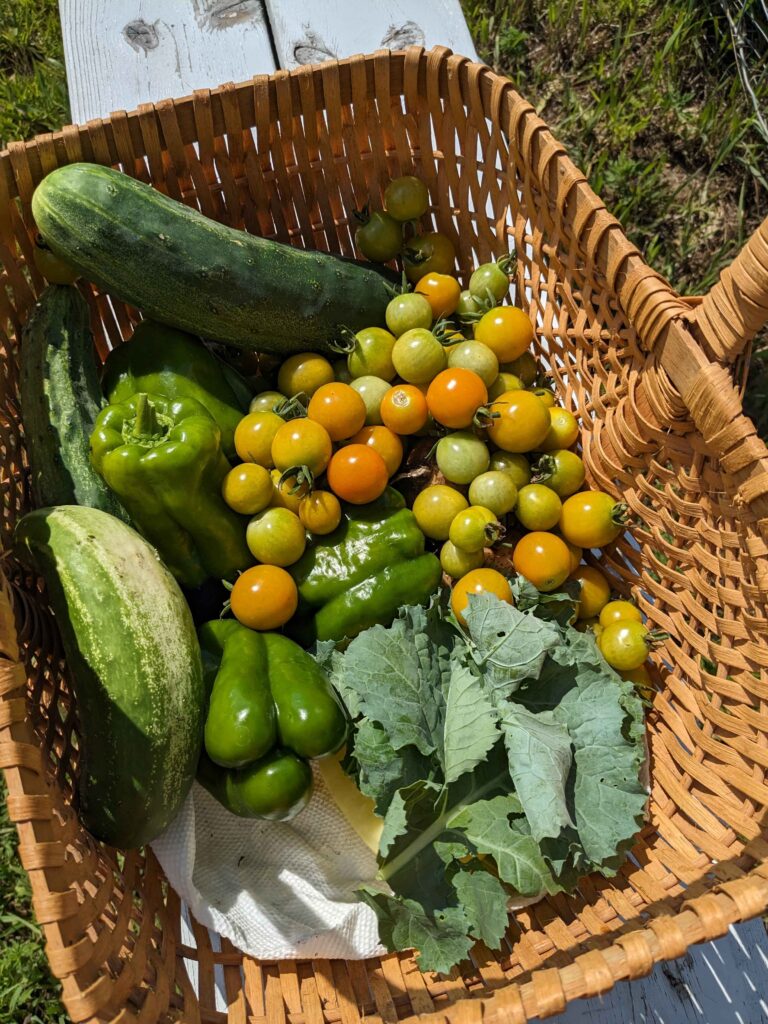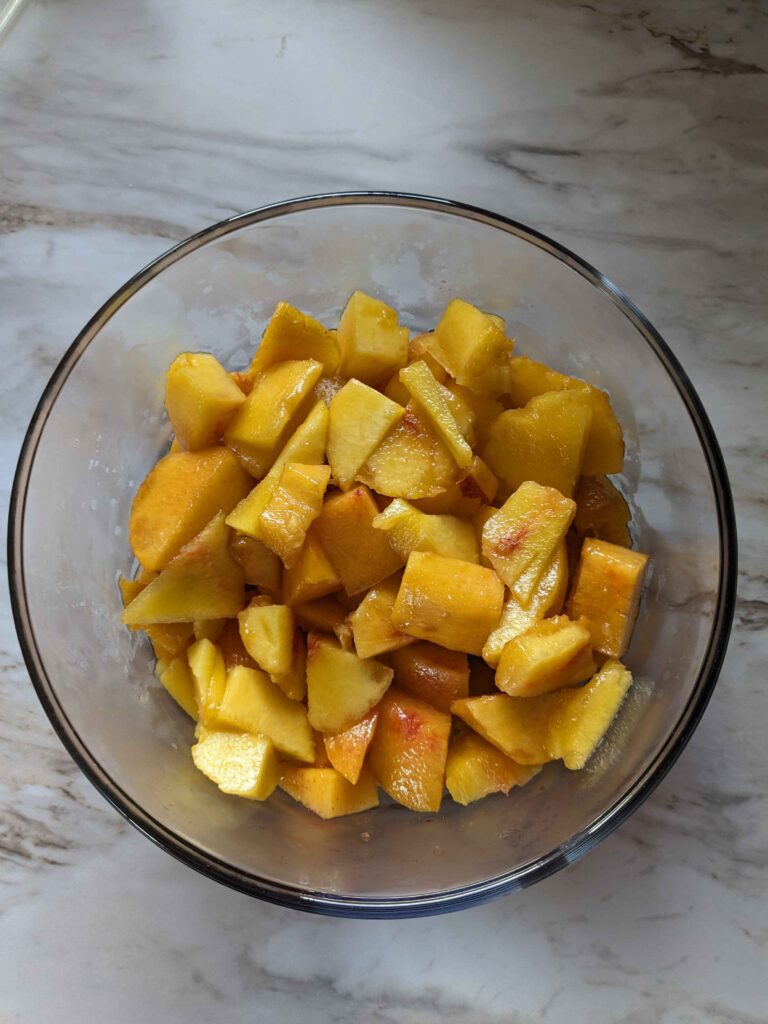Farm to School Science Lessons
We are often asked, “How do we bring Farm to School teaching into our classrooms?” There are barriers. Time is short. Teachers are stretched. There is no “free time” in the day to add something extra.
Fortunately, Farm to School is not an extra. There are countless ways to integrate it into the existing framework. We know student learning increases when activities are hands-on, engaging, and meaningful. Farm to School activities do this.
Working with Waukee Community School District, we developed science lessons that meet the curriculum goals of the Iowa Academic Standards through Farm to School activities. Each grade level folder contains lessons and supplemental materials including:
- Hands-on science lessons
- Instructions for growing food in the classroom
- Lessons for academic learning in the garden
- Book lists
- Cross-curricular connections
- Taste-testing guidelines
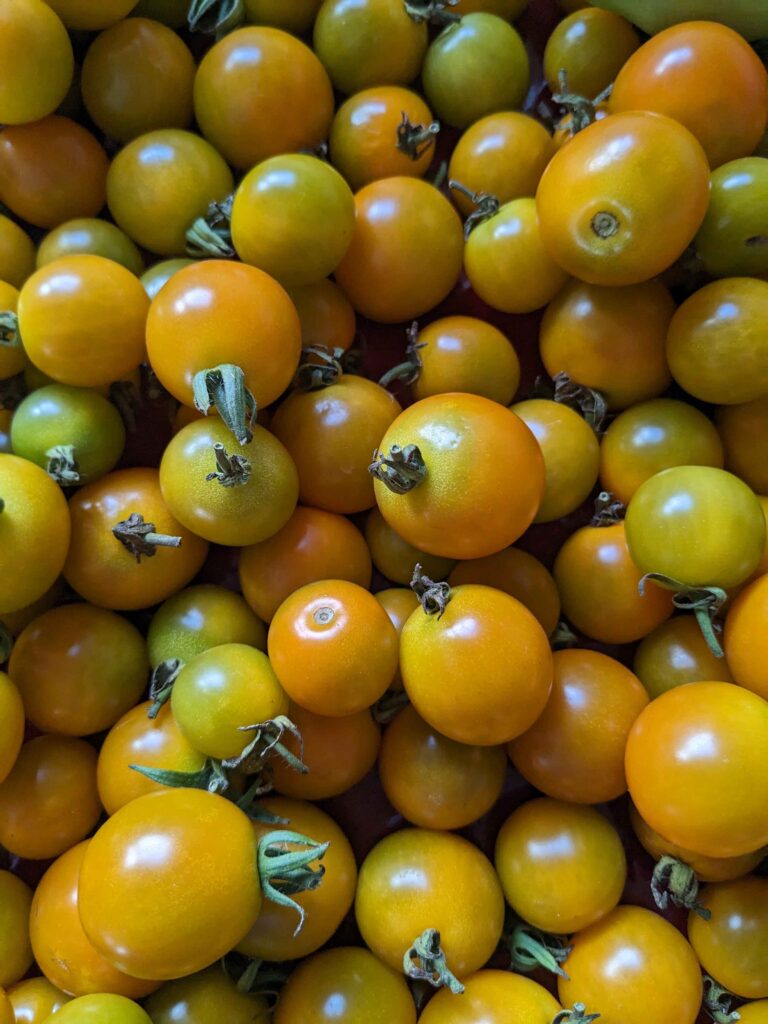
All lessons are aligned to Next Generation Science Standards, as well as the Waukee School District’s progress report statements. Material lists, learning goals, actions steps, reflection questions, hand-outs, and seasonal recommendations are included.
We invite you to access the materials, try them out in your classroom, and let us know what you think. What worked well for you? What suggestions do you have?
We are proud of our work and thankful to partner with Waukee Schools, a Farm to School leader.









